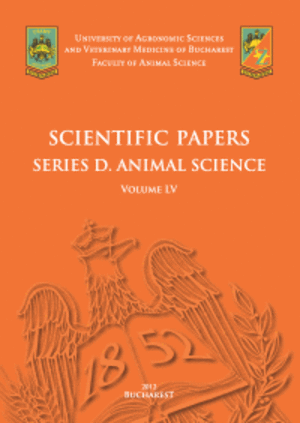Published in Scientific Papers. Series A. Agronomy, Vol. LXVIII, Issue 1
Written by Elena MIHĂILĂ, Mihăiță BÎTCĂ, Adrian TUDORA, Dorina DRĂGAN, Elena ACHIM, Any Mary PETRIȚAN
In order to optimize the ecological and economic functions that forest shelterbelts perform, it is necessary to carry out appropriate maintenance work, through which certain trees are extracted and their density is reduced. In this regard, tending operations were carried out in forest shelterbelts with different compositions and ages to ensure sufficient and as uniform space as possible for the growth of the remaining trees. This spacing of the trees has an influence on the growth and quality of the trees but also on the resistance to disruptive climatic factors and implicitly on the protective functions they perform. The gradual and periodic reduction of the number of trees corresponding to the age and stage of development of the shelterbelts is carried out according to the principles adopted in forestry, mainly applying negative selective thinning, namely the extraction of small, poorly formed, injured, diseased, and dry trees. However, unlike stands, care will be taken to ensure that the extractions carried out do not affect the semi-penetrability of the forest shelterbelts, which must perform specific functions. By experimenting with different degrees of thinning, the aim is to establish an optimal density, through which the forest shelterbelts can exercise their protective functions, and the equilibrium state of this agroforestry system is not affected.
[Read full article] [Citation]




